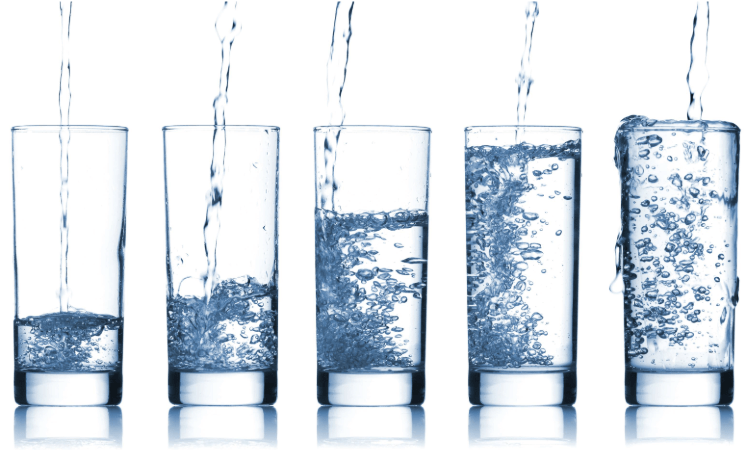
BLOG
KATEGORİDEKİ DİĞER YAZILAR

Per- and polyfluoroalkyl substances (PFAS) are persistent chemical compounds that have been widely used in industrial and consumer products since the 1940s. They tend to accumulate in water, soil and even in the human body and are called “everlasting chemicals” because they can remain intact in nature for a very long time. More than 5,000 different types of PFAS are known. PFAS are detected everywhere from the air we breathe to drinking water. It also enters the human body through these routes.
PFAS-containing substances are often found in Teflon-coated products, fire-fighting foams, water and stain-resistant textiles. They can leach into drinking water through industrial waste and improper waste management, posing a public health risk. Research shows that long-term exposure to PFAS can lead to health problems such as cancer, immune system disorders, liver damage and hormone imbalances. Uses for perfluoroalkyl and polyfluoroalkyl substances (PFASs) include waterproof clothing, cosmetics, furniture, stain repellent products and fire retardants.
While traditional water testing often focused on heavy metals and bacterial contaminants, advances in technology now allow for more sensitive PFAS detection. Here are the next generation of PFAS testing methods:
1. High Sensitivity Mass Spectrometry (LC-MS/MS): This method can detect PFAS components in water at ultra-low levels and distinguish between different types of PFAS.
2. Next Generation Sensor Technologies: Advanced biosensors and electrochemical sensors offer fast and cost-effective solutions for PFAS detection.
3. Molecular Recognition Methods: Molecular recognition technologies can detect pollutants even at very low concentrations thanks to polymers that selectively bind PFAS.
Nanolab Laboratories Group continues to provide services within the scope of Water Analysis.
Contact us for more information.
You can follow us on LinkedIn for up-to-date news and posts about our services.
Follow our Instagram account to be informed about our latest blog posts.